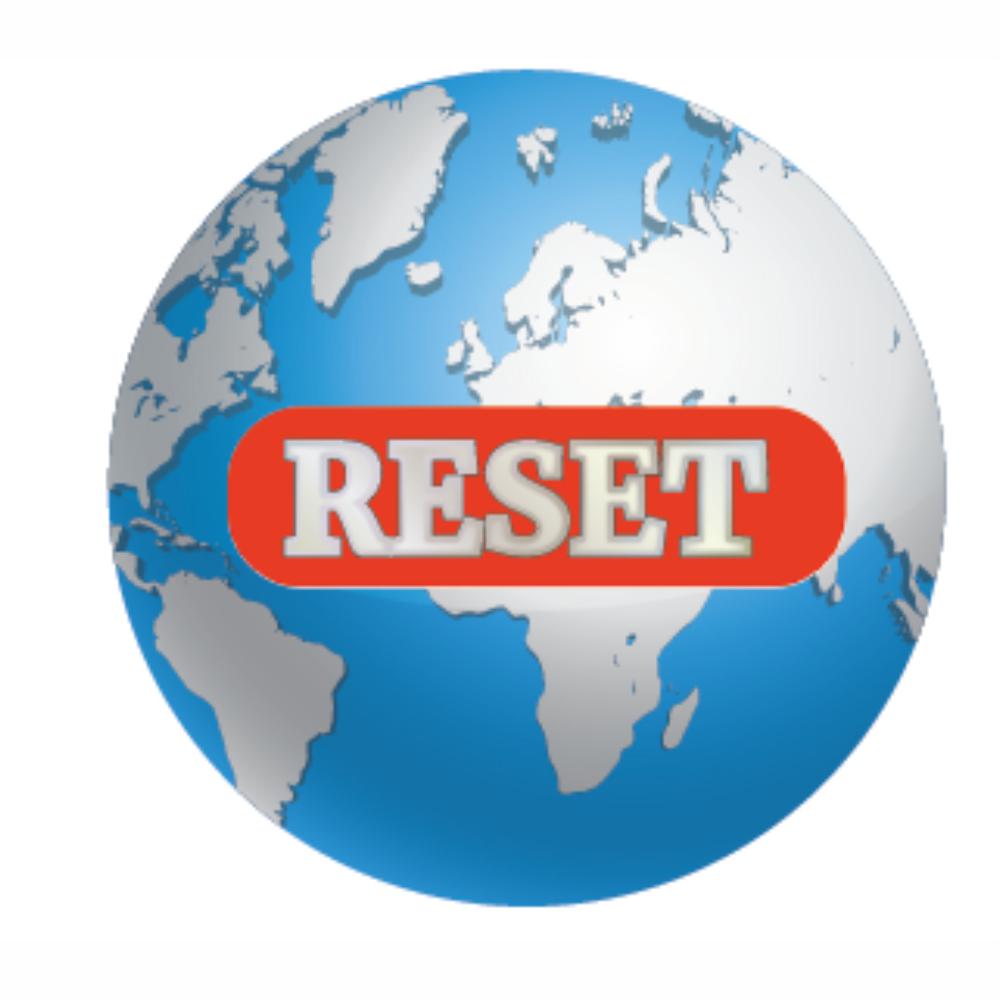With more than a year into the pandemic and no respite in sight, supply chain leaders must have by now embraced the NEXT NORMAL. While the situation demanded an immediate redressal without taking a pause, isn’t it the right time to reset the supply chain management to be better prepared for such unforeseen shocks? Supply chain leaders of the organizations need to STRESS TEST their existing supply networks and accordingly devise a comprehensive supply chain strategy to lead organizational growth. This special story offers you the strategies to prep up for the future.
In 2020, the COVID-19 pandemic hastened and intensified changes to the consumer and customer landscape. Beyond business growth, supply chains became more important than ever, helping save lives by getting critical supplies to the people who need them. Companies with robust supply chains have been resilient enough through this crisis, combined with a responsibility not just to the business, but also to the greater good of society. In the aftermath of COVID-19, customers will continue to demand an experience in which supply chains respond with a higher purpose. Accenture research, titled “A License for Growth: Customer centric supply chains,” identifies major supply chain challenges that have only been magnified by the ongoing COVID-19 global crisis including inflexibility to deliver undifferentiated customer offerings; poor ecosystem design lacking the right partners; and a siloed technology architecture that stifles collaboration and co-innovation. The companies, in the report, have invested US$153 million, on average, over the past two years to transform their supply chains. However, it is just a small group — 10% of those surveyed — that are effectively using their investments to transform their supply chains to meet increasing and evolving customer experience demands. The Accenture analysis found that these leading companies follow four key practices that cement them as leaders among their peers:
Begin with the customer in mind:
Base supply chain strategy on what the customer values, which is a more complex endeavor than ever before because customer experiences are now purpose led and personalized. More than two thirds (71%) of the leading companies build supply chain strategies to deliver experiences linked to key customer value propositions, such as sustainability, data privacy/security and customized delivery and service.
Turn insight into innovation:
Invest in building analytical, asset light collaboration architectures, which could significantly increase the supply chain’s impact on revenue and shared success within and outside their ecosystems. In fact, more than half of the average revenue growth that the leading companies experienced came from collaboration tools and data-driven insight technologies.
Develop targeted capabilities:
All these leading companies, whether B2B or B2C, have built capabilities to segment customers and products in real-time. They have partnered with procurement to design products and services and identify potential suppliers to achieve target margins. They also invest in advanced cybersecurity capabilities to address the growing security threats from data breaches and data theft.
Engage the CEO beyond conversation:
Support from the top is key to true supply chain management transformation. The CEOs of these leading companies are more likely to drive supply chain process discussions with their boards and translate those discussions into results. More than half (53%) of these CEOs allocate funding to drive supply chain innovation, and 49% allocate top talent to accelerate supply chain transformation “As we continue to navigate the uncertainty of fast-changing shifts in customer behaviors, a customer-centric supply chain is essential to the well-being of companies and society as a whole,” said Mark George, managing director and North America lead for supply chain and operations at Accenture Strategy. “The good news is that the approaches that leaders are taking is an imitable formula that all companies can follow to transform their supply chains and sustain the operations that serve their customers and communities, as well as Main Street and Wall Street, with purpose and growth.”
“The supply chain has always been the lifeline to humanity. The COVID-19 health crisis has brought to light the critical need for a resilient supply chain that produces and delivers all essential goods and services quickly, safely and securely,” said Kris Timmermans, senior managing director and global supply chain and operations lead at Accenture, in a release. “Companies have moved quickly to prioritize transparency and enable faster decision-making. Now they must double down on building more customer-centric, purposeful supply chains that will lead to growth as economies rebound.”
THE SUPPLY-CHAIN RESILIENCE STRESS TEST
“The COVID-19 pandemic exposed considerable weaknesses, resulting in severe disruptions in supply chains around the globe, shedding light on the need for intelligent supply chains that prioritize transparency, anticipate new risks and enable faster decision making,” said Timmermans. “Our stress test enables companies to run more than 40 scenarios at one time, providing unprecedented visibility into where and how their supply chains will be impacted during a major disruption.”
The stress test, jointly developed by Accenture and the Massachusetts Institute of Technology (MIT), begins with the creation of a “digital twin” of an organization’s supply chain. This enables the subsequent modeling of various combinations of scenarios and impact that would significantly disrupt the organization’s ability to serve customers, shareholders, employees, and society. Such scenarios could include sudden spikes or drops in demand, the shutdown of a major supplier or facility, scarcity of a critical raw material, or disruption of a key port. The stress test can identify both the time it would take for a particular node in the supply chain to be restored to full functionality after a disruption (i.e., “time to recover”) and the maximum duration the supply chain can match supply with demand after a disruption (i.e., “time to survive”). This approach to supply chain risk management has been introduced and discussed by MIT Professor David Simchi-Levi and his PhD students in their article, “From Superstorms to Factory Fires: Managing Unpredictable Supply-Chain Disruptions”.
McKinsey research and analysis also emphasized on the supply chain stress test. Maintaining the delicate balance between supply chains’ cost and risk requires companies to be vigilant. They must understand the risks facing their supply chains, as well as the mitigation strategies available to minimize those risks. Many categories are highly susceptible for supply-chain disruption. Companies can often choose from a range of risk-mitigation options. For example, certain industrial companies have found that shifting component-production locations can result in a 20% decrease in cost, as well as reductions in logistics and trade risks. Alternatively, the same parts can be manufactured domestically with only a 5% cost increase by leveraging Industry 4.0. And because supply-chain risks are always changing, this stress test cannot be a one-off exercise. To minimize this risk, companies can focus on critical suppliers, using supply-chain mapping tools to identify lower-tier suppliers from publicly available information, asking them to share information on their own critical suppliers, or encouraging suppliers to conduct their own resilience stress tests.
Where the stress test reveals potential vulnerabilities in the supply chain, companies can identify appropriate mitigation steps. This calls for a combination of short- and medium- or long-term actions that are tailored to the specific issues that have been identified. Response levers can be structured across five themes: securing supply, agile manufacturing, diversifying manufacturing locations, optimizing design, and optimizing financials. Short-term no-regret actions might include increasing safety stocks of vulnerable parts, changes to contract terms to ensure the financial security of key partners, or investing in new skills and capabilities, such as the adoption of digital tools to improve supply-chain visibility and provide early warning of potential problems.
Medium- and long-term actions might include diversification of the supply base; location diversification and vertical integration to reduce reliance on single suppliers; or automation and digitization in manufacturing to increase production agility. Companies can also consider changes to product designs to optimize complexity or reduce dependence on specialized components with limited availability.
Here is the way to reimagine supply chains and increase resilience:
Shocks are probable, but disruption can be manageable - Supply chain disruptions are not new, but shocks are increasing in frequency and severity. Supply chain executives report that their industries have experienced material disruptions lasting a month or longer every 3.7 years on average. Shorter disruptions have occurred even more frequently. When a tsunami hit Japan in 2011, all of Toyota’s operations in Japan were shut down for nearly two months after a magnitude-9 earthquake.
Production in the United States declined by 30% due to a shortage of parts produced. To become more resilient, the company used a combination of tactics, notably the construction of a comprehensive database of thousands of its suppliers and the hundreds of thousands of parts to quickly identify how to shift components across sites when needed, so that disruptions at one location would not affect global operations. When earthquakes again struck Japan in 2016 and 2019, Toyota kept production stoppages to two weeks or less and avoided disruptions in its worldwide operations.
Sustainable resilience requires digital - Companies have historically been reluctant to invest in this sort of resilience before a shock occurs, believing that the benefit simply was not worth the cost. Certainly, more frequent shocks help change that cost-benefit calculation. But there is another reason to re-examine that equation: new technologies are changing the economics of supply-chain resilience.
Investing in resilience with digital capabilities at the core can pay off not only in the long term, but also in the short term. Most important, digital tools can enable business leaders to build agile and structural resiliency measures into their operational models regardless of where, how and when a shock occurs. Automation can increase efficiency by reducing input costs and increasing productivity, while also giving companies more, and in some cases new, options to maintain workforce productivity in the event of closures from a severe weather event, or a pandemic.
To respond to changing demand forecasts at the start of the crisis, a chemical manufacturer increased its suite of digital tools and dashboards by 30%. They provided staff with real time visibility into material shortages and the ability to respond to changing demand forecasts. The company’s digital order-tracking system also allowed it to spot problems and rapidly identify the root causes of non-delivery. Those tools allowed the organization to increase its output during the pandemic. Most of the forward looking organizations have been making such innovative efforts to tide over crisis and in turn building a highly resilient supply chain to circumvent any such unforeseen complexities.
To minimize this risk, companies can pre-qualify critical suppliers by using supply-chain mapping tools to identify lower-tier suppliers from publicly available information, asking them to share information on their own critical suppliers, or encouraging suppliers to conduct their own resilience stress tests. To run a successful supply-chain resilience stress test and agree on a path forward, these four conditions need to be in place:
- Cross-functional collaboration to support the holistic assessment across factors.
- Ability to challenge the business units on maintaining status quo and set high aspirations.
- Project-based, agile execution of the stress test in six- to eight-week time frame.
- Assessment of skills and capabilities, including acceleration of digital and automation capabilities.
Use cases will arise in every step of the value chain—for example, digital procurement approaches in purchasing, demand sensing and forecasting in the planning phase, connected shopfloor and performance management during manufacturing, or order-to-cash processes in the downstream supply chain.
As the experts rightly point out, “We have an opportunity to redefine resilience and write a new narrative where resiliency and efficiency can occur simultaneously, with minimal cost. In a complex, fast-changing, and unpredictable environment, the time to enhance digital capabilities and build supply chain resilience is now.” Accenture analysts also echo the same sentiments that ensuring resiliency now for success in the future means companies need to prepare supply chains and production networks to balance reliability with responsiveness. Businesses must not only act now but also plan for future disruptions to protect COGS and margins in the Never Normal world.
Giving the real-life example, in a panel discussion on ‘Data in Coronavirus Times’ hosted by the National Council of Applied Economic Research (NCAER), CEO of NITI Aayog, Amitabh Kant stated, “Real-time data has been a valuable resource in battling COVID-19 and preventing it from spreading in several countries, and in some Indian states so far. But, overall, the availability of data in real-time is a challenge. The state governments of Kerala and Karnataka for putting out accurate real-time data quickly. Even during COVID-19, I have seen Karnataka share contact tracing information. Kerala shared demographic information. This has made it easier to target vulnerable populations and plan containment strategies.” Data is indeed a superpower in today’s tough times. Accurate data can help not only welfare authorities with the containment of the disease but can also navigate businesses across varied sectors towards better days in a post pandemic world.
Organizations that take long-run transformational views, supplemented with digital technologies capabilities, will quickly leapfrog competitors. What’s more, as normality returns, they will have a unique opportunity to reimagine their supply chains with a redoubled focus on agility, resilience, social responsibility and human centric needs.

Categories

Magazine Editions






















